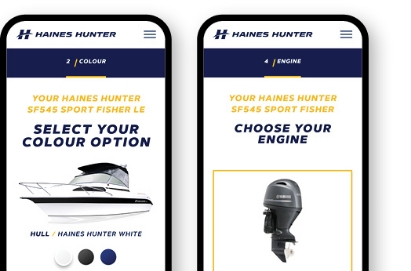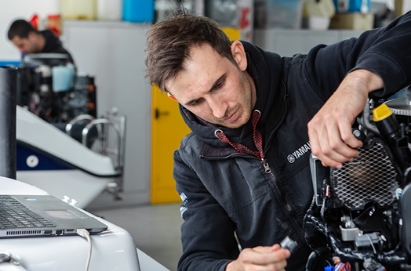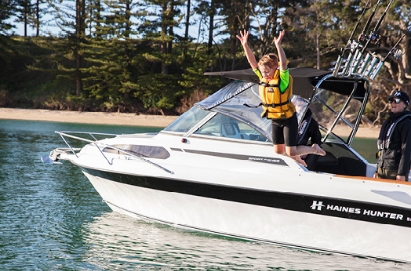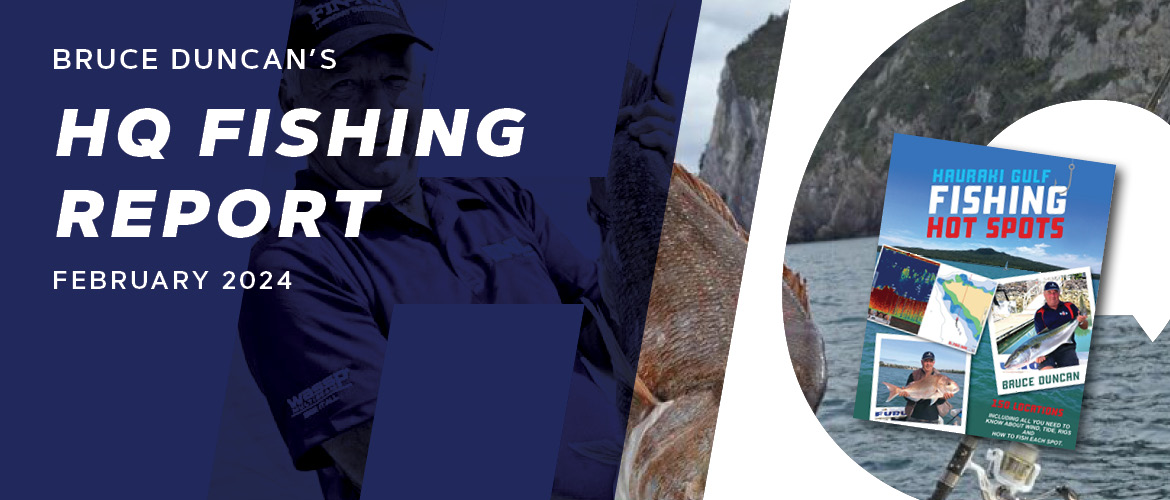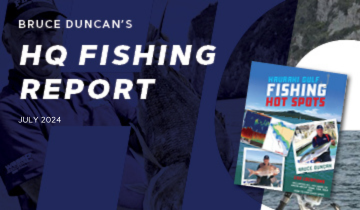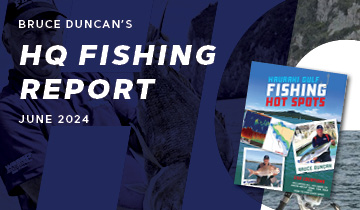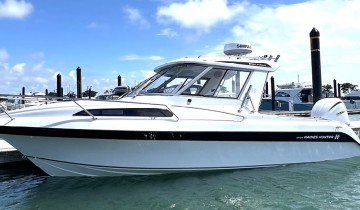If you think the fishing this summer has been hard you are right, every year it’s the same post-spawning snapper who start to move into the inner gulf to feed on shellfish and the likes to rebuild their body fat in preparation for the oncoming winter.
This year there has been a marked change with their movements, more Snapper have come into the inner gulf on the western side of the Coromandel’s up towards the Mussel farms. Different to other areas where we would normally have workups of Kahawai which are few and far between massive schools of Anchovies are being hammered by Kahawai and the Snapper below them.
You may have noticed the slight change in air temperature early morning and at dusk, this is a trigger for the snapper to start feeding up before winter. With this change, more Snapper are now moving in close to where the major food source is such as the Tamaki Strait Rakino channel even up into the shallows of the local beaches and upper harbour. All be if the numbers of Snapper are not what they were a few years ago it's still well worth targeting them but in different areas without having to spend an arm and a leg on fuel.
Always remember “habitat is where it’s at “in other words where the food is, it is essential that they now rebuild their body fat as when the cold of winter hits their feeding habits change just as ours do. The whole inner gulf is largely a flat sandy muddy bottom the home of Crab worms shellfish and bait fish the natural food of snapper. Unless there is a reef structure to hold fish they will be spread out grazing just as cattle do.
Finding fish that are spread out (especially in shallow water) is a matter of knowing what to look for on the sounder. The footprint on of the bottom (the actual size of the bottom area) is quite small so we are looking to cover an area to get an overall idea of fish in the area. Zig-zagging back and forth across the area look for small blue or red dots hard on the bottom which is fish marks, once you know there are Snapper in the area look at which direction the wind and tide is then anchor up current. Depth is not an issue I am catching more and bigger fish in three meters than out in twenty meters, regularly I release snapper in the 8-12 kg range caught off St Heliers Bay Takapuna or Omaha.
If you have never fish in shallow water it’s a real change of mindset. Bear in mind you may not get a bite in the first half to one hour, patience ground bait and burly are the key to making it work. Never lower the burly pot lower than halfway to the bottom, on the bottom as the is generally little current the burly will not cover as big an area as it will when halfway down, regularly toss out a handful of chopped-up ground bait in every direction.
This is stray lining one o'one! casting baits a pattern of baits at different distances and angles keeping the rod tip low to the water and looking for the slightest of line movement. Just the weight of the hook and the bait will get it to the bottom, when a fish picks up the bait there is no resistance to spook it you then see line movement but remember these fish are eating shellfish mostly and not competing against other fish for the food so will be picky till the burly and ground bait kick in drawing more fish in. Use small baits (half pillies or baby squid) as your hook-up rate is greater, when you see line movement and feel small bite you know the hook is in their mouths. Ideal bait for shallow water is fresh Piper Jack Mac or Kahawai as it holds on the hook making the snapper more aggressive when trying to eat it, again small baits are more effective than bigger baits. I use this style of fishing as it is equally effective when targeting shallow reef structures or rocky kelp-covered shorelines.
Out on the worm beds, the fishing has been a bit average yet a few mates have plucked some nice snapper on the change of light at dusk. The shallow kelp beds off the shore on the northern side of Rangitoto and Motutapu are all holding snapper but to be fair they are largely small pannies. Out around Rakino and the Noises the fishing greatly improves, on the slack water move out into the channels and drop off around the islands but if you can get the wind and tide together stray lining close in is producing better and bigger fish. Some of the inner harbour reefs are now holding reasonable numbers of snapper in the 35-45 cm range such as the foul directly to the south of Islington Bay (area 2 spot 3)
Don’t forget to ike, slurry and ice the fish the moment they are landed, I gut the fish once chilled in the slurry then ice them down or put them in the fridge once home. Filleting them the next day it's cleaner the flesh is firm with no moister loss and the difference in flavour is outstanding
My picks to target in the next few weeks are.
Area 1 spots 7, 9 and 10
Area 2 spots 2, 3 and 7
Area 3 spots 8, 13 and 15
Area 4 spots 4,6 and 14
Area 5 spots 18, 19 and 20
Area 6 spots 9, 10 and 12
Area 7 spots 8, 14 and 17
The team at Haines HQ have some of the last stocks of Hauraki Gulf Fishing Hots Spots detailed with photos and GPS coordinates along with actual screenshots of the bottom of 150 hot spots from the harbour bridge east to the bottom end of Waiheke Island, a must to have on board. So head on down to HQ at 50 Cawley Street, Ellerslie and pick up your copy today!
